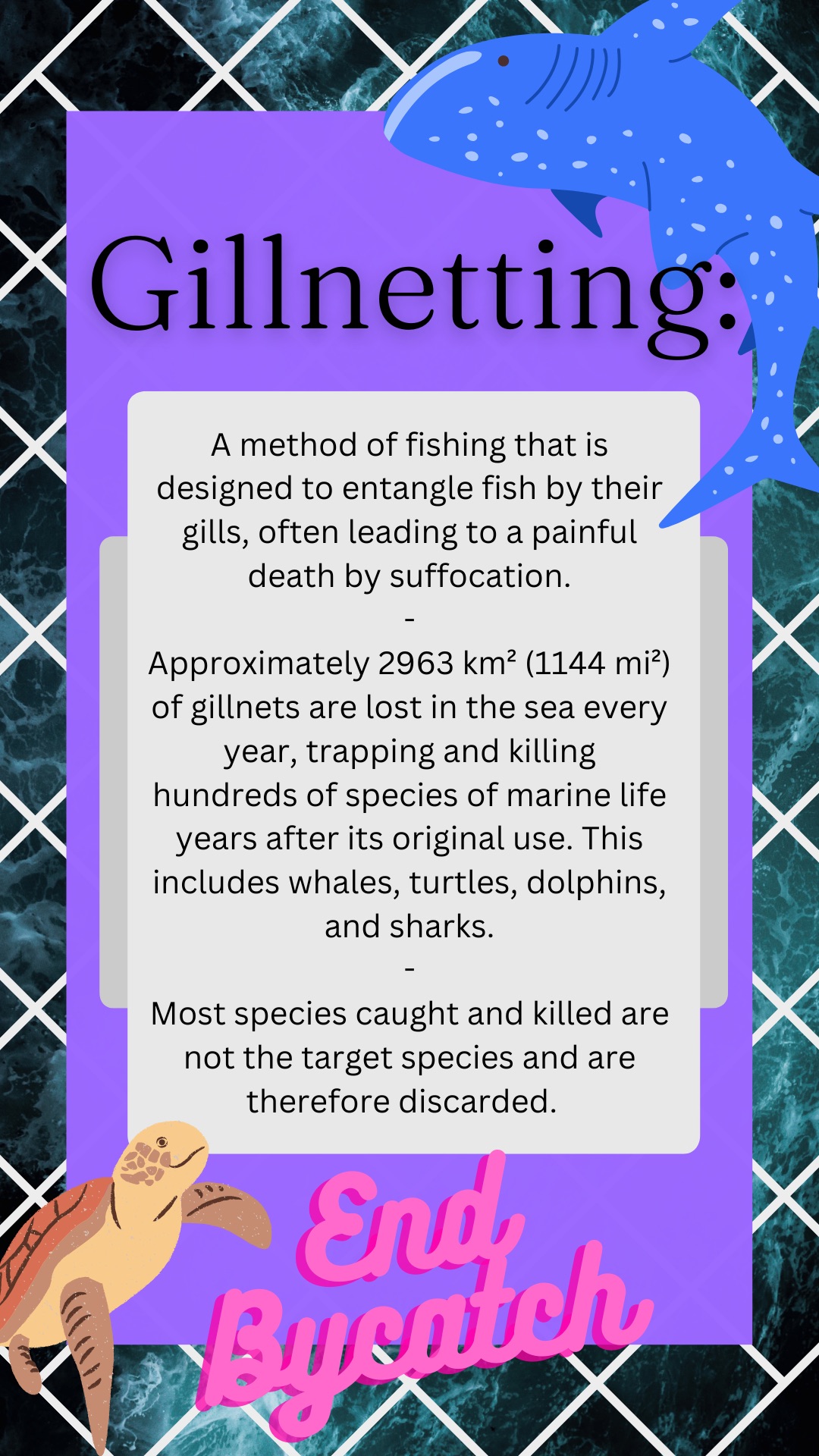1
1
4
1
Scientists: Fishing boats compete with whales and penguins for Antarctic krill
(news.mongabay.com)
12
1
‘Coastal squeeze’: the fight to save shoreline habitats from rising tides
(www.theguardian.com)
13
1
19
1
view more: next ›
Ocean Conservation & Tidalpunk
0 readers
1 users here now
A community to discuss news about our oceans & seas, marine conservation, sustainable aquatic tech, and anything related to Tidalpunk - the ocean-centric subgenre of Solarpunk.
founded 1 year ago
MODERATORS

